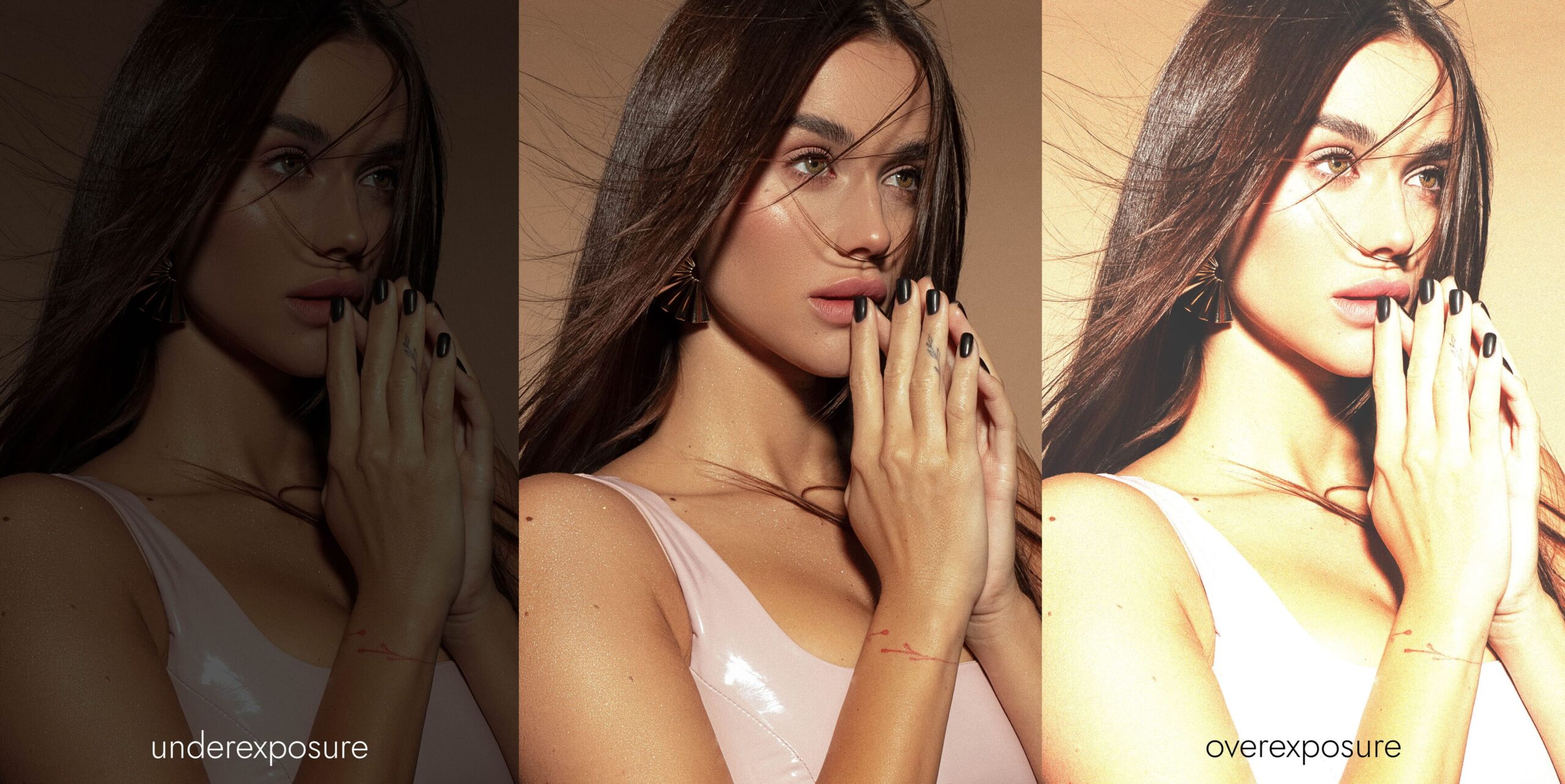Exposure, Shutter Speed, ISO
How do you capture a high-quality image? What is exposure? What roles do shutter speed, aperture, and ISO play in the final result? What is the exposure triangle?
While many camera manufacturers exist, the basic exposure settings are standard across all models. The same exposure settings on different cameras will give more or less similar results. The differences might include individual features from various manufacturers, such as slightly altered white balance. Additionally, the brands of lenses used can significantly impact the final image outcome.
Due to the imperfect small screen of a camera, viewing images directly from the camera won’t give you the real picture quality. To truly compare different settings, you should evaluate photos on a computer monitor screen, ideally calibrated.
It’s crucial to fully understand the impact of each setting to create the intended projects and enjoy the results.
What is Exposure?
Exposure determines the amount of light in a photograph. An underexposed image will be dark with black holes and lack of texture in some areas. Conversely, an overexposed image will appear overly bright. Ideally, exposure should be moderate or normal, except when artistically necessary to alter settings for a desired effect.
Shutter Speed
Shutter speed is the actual time the camera’s shutter is open. The longer the shutter is open, the more light reaches the camera sensor. However, it’s important to balance this because too long a shutter speed can make an image too bright, whereas too short can make it too dark. A comfortable shutter speed for handheld shooting to keep the image sharp might be around 1/125 or 1/160 of a second. Setting it at 1/100, 1/80, or longer without a tripod can compromise image quality. Longer exposures require a stable camera setup, and while makeshift supports can work, even a budget tripod can add a lot of comfort and enhance photo quality.
Beautiful images are created worldwide by photographers using long exposures as an artistic tool.

Aperture
Aperture in camera settings relates to the lens opening that allows light to pass through. Lower aperture values mean a wider opening and more light reaching the sensor. Aperture values are denoted by an “f” (e.g., f/2.8, f/12). When selecting a lens, its aperture capabilities are crucial. Lenses with values lower than f/4 are considered fast and are better at letting in more light, which generally also correlates with better build quality and price.
For most photography needs, an f/4 aperture is sufficient. There’s a notion among professional photographers that beginners find it difficult to shoot at higher apertures and often shoot at f/2.8 because it makes the frame brighter and simpler. Remember, lower f-numbers (wider apertures) reduce the depth of field, making the sharp area of the frame smaller and the background more blurred, which can be an intentional creative choice. A smaller aperture (higher f-number) sharpens the background, making more objects in the photo visible. Just try taking a few shots, and everything will fall into place.
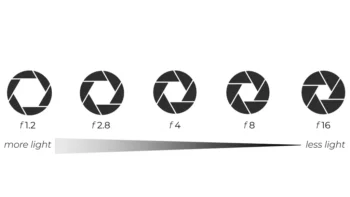
ISO
ISO settings were established by the International Organization for Standardization to provide a clear, language-independent way to denote film sensitivity to light in cameras. Standard ISO values have transitioned from film to digital cameras, maintaining their numbering system. The higher the ISO, the brighter the resulting image.
To preserve the best image quality, the ideal setting is ISO 100. Increase ISO only in low light conditions when other camera settings don’t allow for a brighter picture. Noticeable noise can start appearing at ISO 800 on crop sensors, and on full-frame sensors, ISO 1200 can significantly affect quality.
If you have to compromise, it’s better to increase ISO rather than shutter speed to make an image brighter. Noise in an image isn’t always a big deal, but blurry photos can’t be fixed.
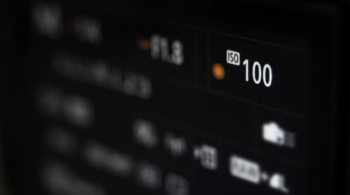
Exposure Triangle
The exposure triangle is a fundamental concept in photography, encompassing shutter speed, ISO, and aperture. These three critical elements govern every exposure, whether you’re capturing images on traditional film or using a state-of-the-art mirrorless camera.
Grasping the exposure triangle, also known as the photographic triangle, empowers you to predict the outcome of a photo before pressing the shutter button. While conserving film might not be a top concern in our digital era, understanding how aperture, shutter speed, and ISO interact is crucial for crafting visually compelling images efficiently.
As you familiarize yourself with these settings, you’ll discover that artistically, there’s no single ‘correct’ exposure for any given scene—each choice opens a new avenue for creative expression.
Photography, at its core, is about ‘painting with light.’ The term itself derives from Greek roots that mean precisely that. By mastering the interplay of aperture, shutter speed, and ISO, you can effectively harness light to transform your creative visions into vivid photographic realities.
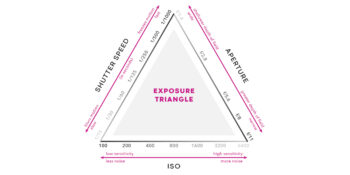
P.S.
From the outset, embrace the practice of shooting in manual mode. Cultivate an understanding of your camera’s settings right from the start. For those committed to the craft of photography, mastery of these controls is not just beneficial—it’s essential. Engaging deeply with manual adjustments accelerates your journey towards technical proficiency, enabling you to more effectively translate your creative visions into compelling photographic expressions. This foundational skill enriches your artistic process, opening up a broader palette of possibilities for your work.

